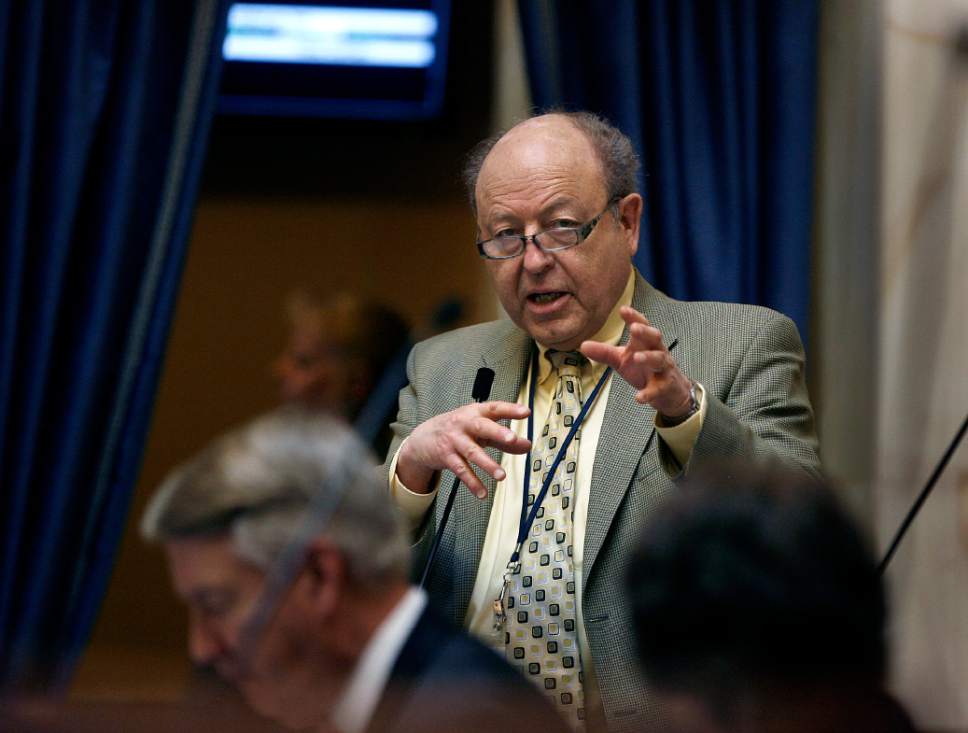This is an archived article that was published on sltrib.com in 2017, and information in the article may be outdated. It is provided only for personal research purposes and may not be reprinted.
A proposal to set aside funding for Utah's poorest school districts earned early Senate approval on Monday.
By a preliminary 20-8 vote, Senators advanced SB80, which would capture one-third of annual education spending increases in order to incrementally raise the funding floor for public schools.
Bill sponsor Sen. Lincoln Fillmore, R-South Jordan, said the bill is necessary to address the disparity in local property tax revenue, which is used by districts to supplement state dollars.
School district boundaries drawn by the Legislature, he said, have created a situation in which 70 percent of Utah students attend schools with below-average funding.
"Some school districts have ski resorts and lakes and others have vast desert that the federal government uses for target practice," Fillmore said. "We created this problem and we need to solve that problem on a statewide basis."
But critics say the proposal aims at equalization by eroding an already equalized funding source, the weighted pupil unit, or WPU.
Under the WPU, all public schools receive roughly equivalent per-student amounts of unrestricted funds to spend at the discretion of local administrators.
"I don't like to tinker with the WPU," said Sen. Lyle Hillyard, R-Logan. "That's been kind of a sacred thing we've had here for 40 or 50 years."
Hillyard focused on the example of Rich School District, which has comparably high per-student revenue levels for the state, but encompasses a rural area with a relatively small population.
Despite being near the top of Utah's school revenue scale on a per-student basis, he said, the district has considerable needs.
"They lose five kids and it really hits their budget," Hillyard said. "It's the size of the district, and not the money, that really makes the difference."
Hillyard, the Senate's education budget chairman, said school districts require at least a 2.5 percent increase in WPU funding in order to maintain current funding levels in the face of inflated costs.
To remove one-third of that funding, he said, would leave too little for the schools that do not benefit from Fillmore's bill.
"Seventy percent of 2.5 does not get you the 2.5 they need for basic operation of their schools," Hillyard said. "You really end up driving these smaller school districts more and more into debt."
But Sen. Howard Stephenson, R-Draper, said children shouldn't be funded based on their zip code. Per-student spending correlates with teacher salaries, he said, making it difficult for lower-funded districts to compete for and hire the best educators.
"They are not able to get the best teachers because they can't pay them," Stephenson said. "We are the ones who persist in creating this disparity."
And Sen. Daniel Thatcher, R-West Valley City, said that as a matter of principle, every Utah child should be given an equal opportunity to learn.
"I think this is a huge step in the right direction," he said.
The bill requires an additional vote in the Senate before moving to the House for consideration.
Twitter: @bjaminwood





